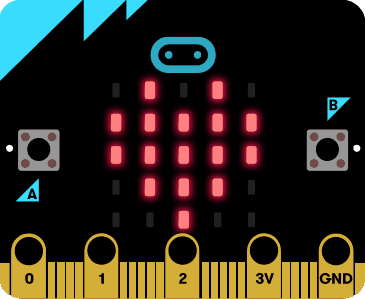Blog 1 on Nutshell - Task 1
- Eva Kostopoulos
- Mar 6, 2023
- 2 min read
Updated: Mar 26, 2023
Technology is always changing and developing in new ways, with this, the utilisation of various technologies create endless possibilities for learning and adaptation through education. In a classroom setting, devices such as tablets or mobile phones could be seen as a distraction, however they could also be manipulated to the teachers advantage.
Mobile learning in schools and higher education are described as a way to provide a more concrete understanding of design possibilities, (Bower, 2017). A creative approach in using technology in the classroom could be the use of mobile learning.

Image from Introducing Nutshell, 2015
Mobile learning can be utilised on student devices through an iOS application called 'Nutshell Camera', which was developed by the creators of Prezi in 2015. Nutshell Camera is a very simplified app that allows students to create a short 3-image long movie that is left to their imaginations. The complexity of the app is not hard at all and to navigate around the app is very straightforward and easy for students in years K-6 to use.
Images from EDUC3620 Tutorial Lesson
In regards to student learning, creativity is something that happens when an individual can create something new and influential (Hikmawan, et al., 2019). This can be seen through the Nutshell Camera and its utilisation in different learning situations. The unrestricted and unlimited possibilities this app could be utilised for is very useful for teachers, as well as creatively meeting the NSW needs of the syllabus content, (Creative arts K–6 syllabus, 2006). Situations such as students using Nutshell Camera individually or in partners could tell a simplified story regarding a book they have been reading about or in a science lesson to show a short movie of an experiment.
Video from EDUC3620 Tutorial Lesson
There are some drawbacks to this specific application which may hinder some students' creative thinking. Many of the limitations of the Nutshell Camera may be due to the reason why it is so simplified. Students are limited on how many images they can add into the movie, as well as the limited graphical stickers to add. There are no options to freely draw or change the colour of text/stickers. Additionally, some schools may not be able to access such devices to use this technology. These limitations may limit student’s opportunities to creatively think and explore, however this technology tool is great to use for specific situations.
References:
Bower. (2017). Design of technology-enhanced learning : integrating research and practice. In Design of technology-enhanced learning : integrating research and practice (First edition.). Emerald Publishing.
Creative arts K–6 syllabus (2006). Creative Arts K–6 | NSW Education Standards. (n.d.). Retrieved March 1, 2023, from https://educationstandards.nsw.edu.au/wps/portal/nesa/k-10/learning-areas/creative-arts/creative-arts-k-6-syllabus
Hikmawan, Sutarni, N., & Hufad, A. (2019). The role of electronic learning media in creativity learning. Journal of Physics. Conference Series, 1375(1), 12030–. https://doi.org/10.1088/1742-6596/1375/1/012030
Introducing nutshell. (2015, March 6). Retrieved March 1, 2023, from https://prezi.com/oe4ymtyk1jey/introducing-nutshell/















Hi Eva!
Your inclusion of references and video evidence, and your in-depth explanations about Nutshell and the applications of this on creativty were very informative!
I'm very interested in your limitations, I hadn't thought too much about how limited creativity can be without those options, especially with not having an ability to free-draw, the colours, and also the minimal amount of pictures available. These are definitely some points to think about.
One thing I would've liked to see would be more direct links to the exact content points in the curriculum.
Kaitlin Oliveira [09/03/23]